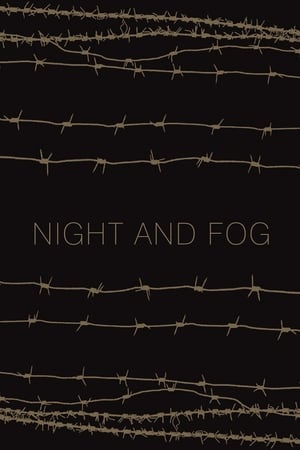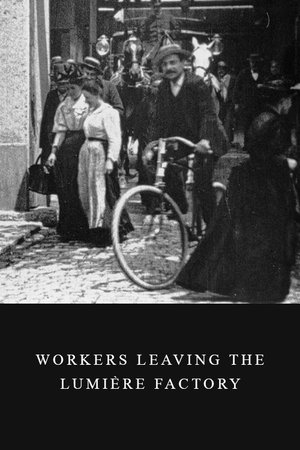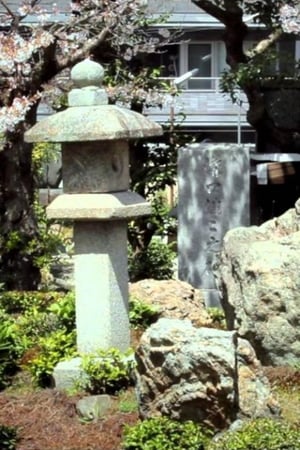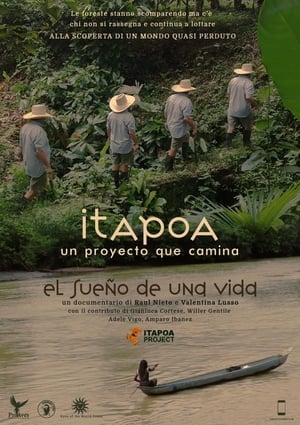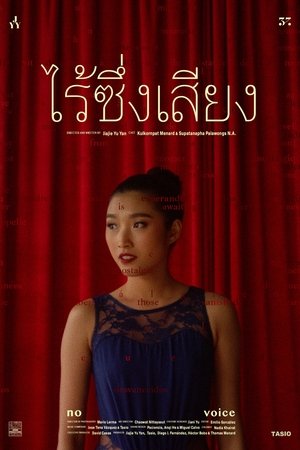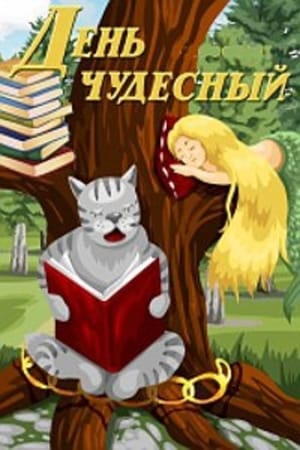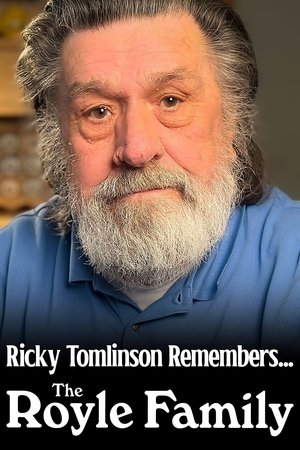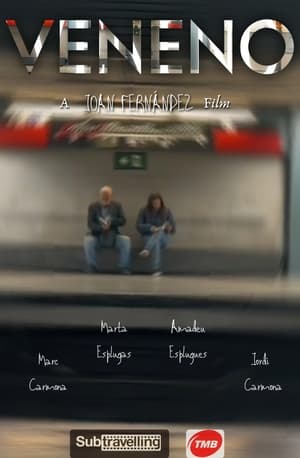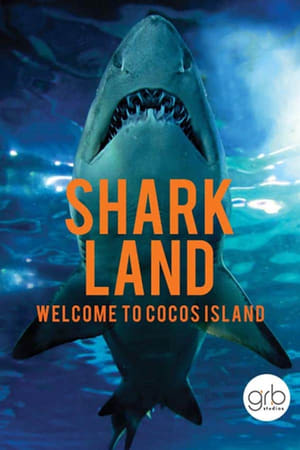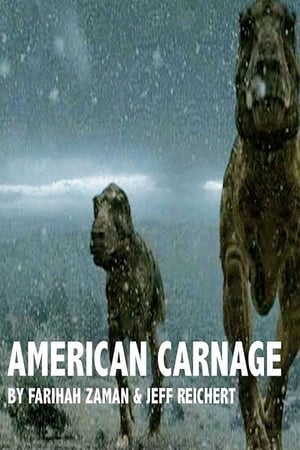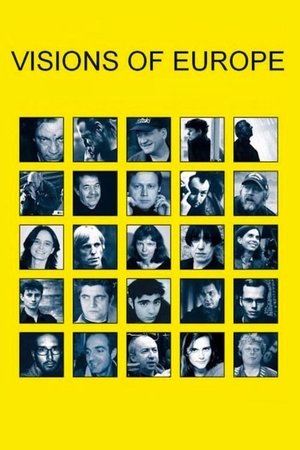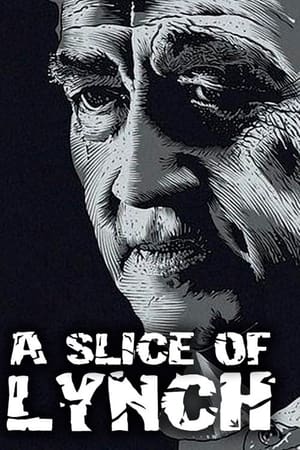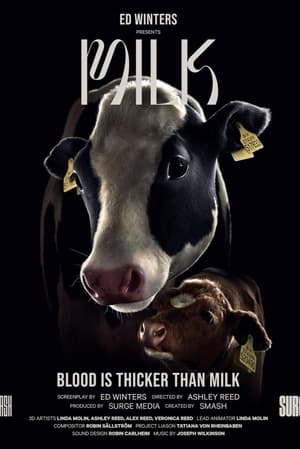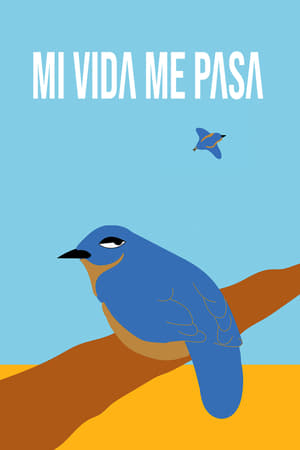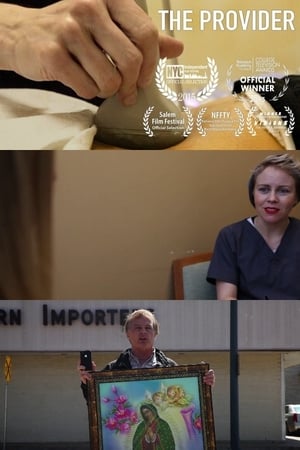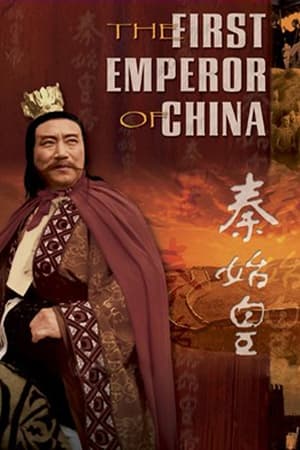Overview
Short documentary about 50 years of history of Czechoslovakia, with archive images.
Reviews
Without any narration, it’s the soundtrack that is left to be the voice of this potted history of Czechoslovakia as it was annexed by Hitler, freed by the Soviets, had a brief time of relative peace and prosperity and then, in 1968, their erstwhile rescuers - as poignantly illustrated by a cartoon here - returned with their tanks and guns, only this time they were there to stay. It’s barely a quarter of an hour long, so barring a few significant images of the early days and the Nazis, it really focuses with an impressive array of archive on the invasion and of the protesters determined to hold onto their hard-fought freedoms in the face of overwhelming military superiority. You don’t need to be fully appraised of this nation’s history to get the gist here, and with the score changing from the oppressive to the jollier before reverting to something downbeat, we appreciate better how pictures speak a thousand words.

 13 min
13 min
 6.2
6.2
 1969
1969
 USA
USA
 CinemaSerf wrote:
CinemaSerf wrote: